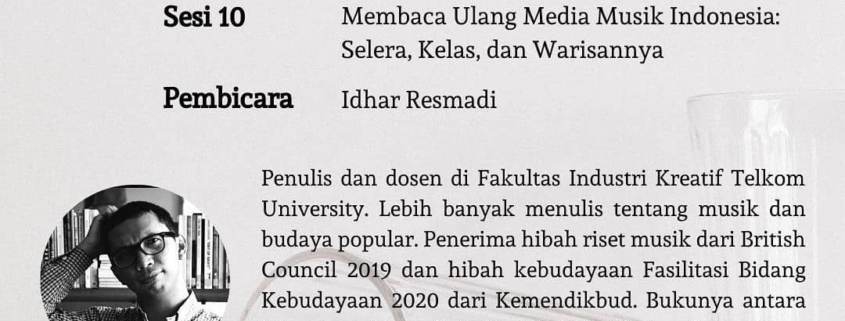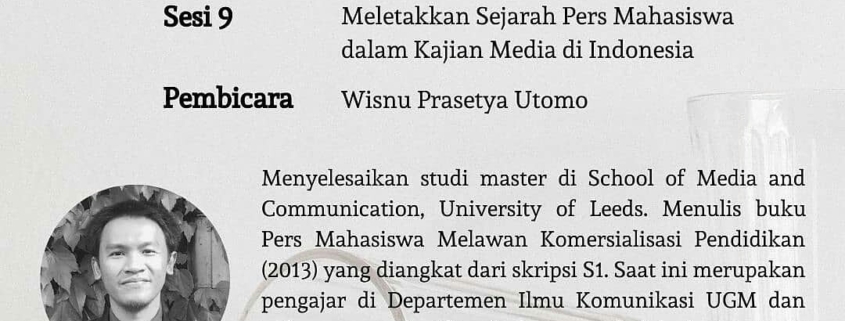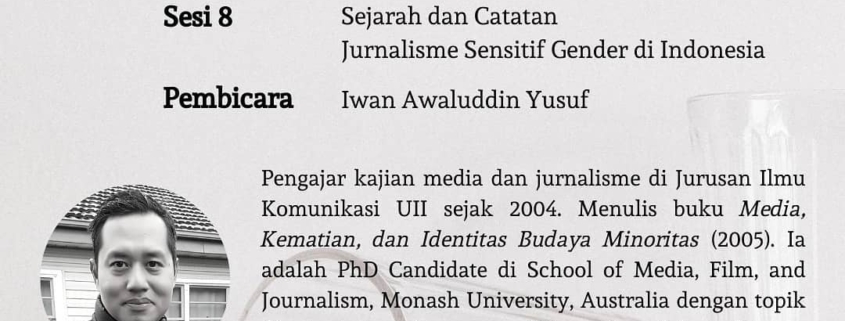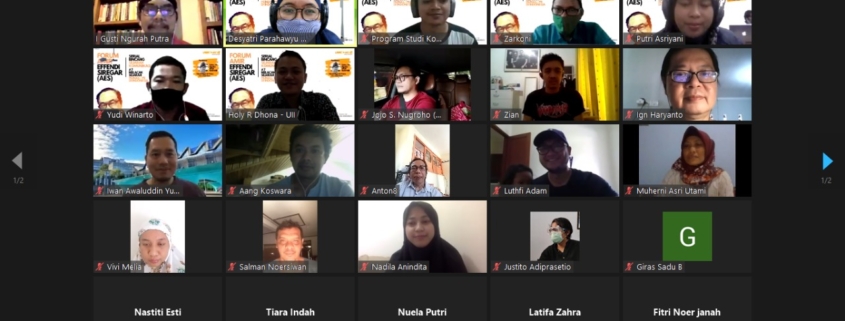Music always accompanies our daily activities. Music has also existed since time immemorial. For the sake of study studies in Indonesia, this article will be shortened from the colonial and pre-independence era.
In a history talk held by the Amir Effendi Siregar (AES) Forum, Idham Resmadi, a Creative Industry Lecturer from Telkom University, shared the history of music studies into 4 phases of periodization. “Starting from the colonial and pre-independence era, paca independence, the music industry era and post-reformation,” said Idhar on September 19, 2020.
At the event held by PSDMA Nadim Communications UII, Idhar said that the first phase, namely in the colonial period appeared on a radio station namely Radio NIROM, where the Dutch always enjoyed music every day. Then came soeara NIROM (NIROM voice) in the form of a leaflet. The contents are the program schedule on the radio.
Over time there was struggle and cultural influences began to develop. “For example, between fans of traditional keroncong and keroncong which is somewhat westernized. The term will develop, the arena of cultural contestation, there is the term keroncong gado-gado (Mixed Keroncong) because there is an assumption that western influence has cultural influences and negative values,” explained Idhar.
The second phase is post-independence. In this era, music has not entered the era of commercialization, and there is still a struggle for influence between East and West. The aura of fighting for discourse on cultural values is still strong, said Idhar. But in print media like Diskorina, debate and criticism are no longer as harsh as before. And they tend to contain light information like astrology, humorous stories, crossword puzzles, etc. “Back then, Western culture was easier for teenagers to accept.”
In the 65th century, music became a political propaganda tool for the New Order. In the past, ABRI (Kostrad) used music, even through musical performances. “Even the cultural strategy is for soldiers to have their own band,” he added.
After that, there was a struggle for the discourse “Kampungan vs Gaul” between fans of the music “Dangdut vs Rock” which was quite busy. This kind of opinion was brought by Aktuil magazine. Also in the magazine, fashion trends are also easily accepted and adapted by the Indonesian people.
In the 1970s-1980s music developed. And this year, music entered the world of industry. There are also many tabloids and music magazines that support the music industry from an economic perspective. The magazine is not far from entertainment, lifestyle, or gossip. “There is a symbiosis of mutualism between music and media. The media supports the promotion of music, and music becomes a commodity.”











